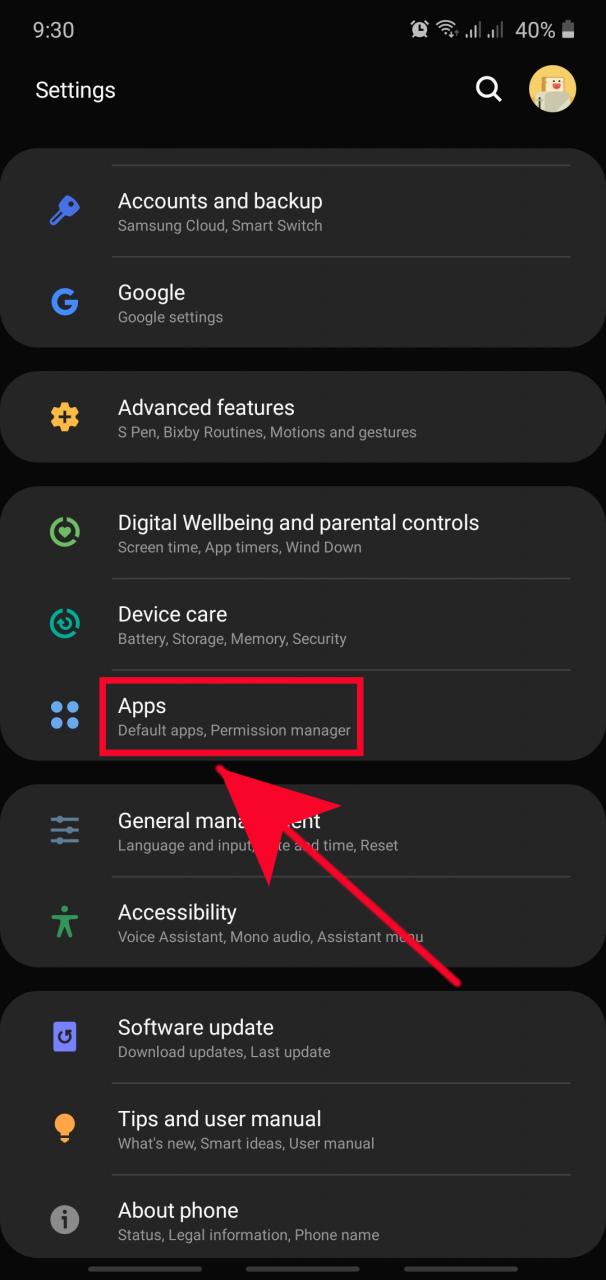
Samsung Galaxy S23 App Permissions Guide
The Samsung Galaxy S23 series offers a plethora of apps, each requiring specific permissions to function. Understanding these permissions is crucial for maintaining privacy and controlling data usage. This comprehensive guide will provide a detailed overview of the app permissions on the Galaxy S23 devices.
Permission Categories
App permissions are categorized into several groups based on the type of data or functionality they access. These categories include:
- Calendar: Accesses events and reminders stored on the device.
- Camera: Controls the use of the device’s camera for taking photos and videos.
- Contacts: Enables access to the device’s contact list, including names, phone numbers, and addresses.
- Files and media: Grants permission to read and write data to the device’s internal and external storage.
- Location: Allows apps to access the device’s location, which can be used for navigation, weather forecasting, and other location-based services.
- Microphone: Enables apps to record audio, which is essential for voice calls, video recordings, and speech recognition.
- Phone: Grants access to the device’s telephony capabilities, including making and receiving calls, sending and receiving text messages, and accessing call logs.
- Sensors: Allows apps to utilize the device’s sensors, such as the accelerometer, gyroscope, and proximity sensor.
Permission Management
Managing app permissions on the Galaxy S23 devices is straightforward:
- Settings: Navigate to the "Apps" section in the device’s Settings menu.
- App list: Select the desired app from the list of installed apps.
- Permissions: Tap on the "Permissions" tab to view a detailed list of permissions granted to the app.
- Permission toggles: Use the toggles to enable or disable individual permissions.
Understanding Permissions
It is crucial to carefully review the permissions requested by apps before granting them. Consider the following tips:
- Only grant necessary permissions: Limit permissions to those essential for the app’s functionality.
- Be cautious with sensitive permissions: Permissions that access personal data, such as location or contacts, should be granted sparingly.
- Review permissions regularly: Check app permissions periodically to ensure they are still necessary and make adjustments as needed.
Third-Party Apps
Permissions management also applies to third-party apps installed from the Google Play Store or other sources.
- App permissions: Before installing a third-party app, review its requested permissions carefully.
- Permission transparency: Google Play requires apps to disclose their permissions before installation, providing users with informed choices.
- Revoke permissions: If you no longer want an app to access certain data, revoke its permissions through the device’s Settings menu.
Conclusion
Understanding and managing app permissions on the Samsung Galaxy S23 devices is essential for protecting your privacy and data. By following the guidelines outlined in this guide, you can ensure that apps only access necessary information and that your personal data remains secure. See you again in another interesting article.